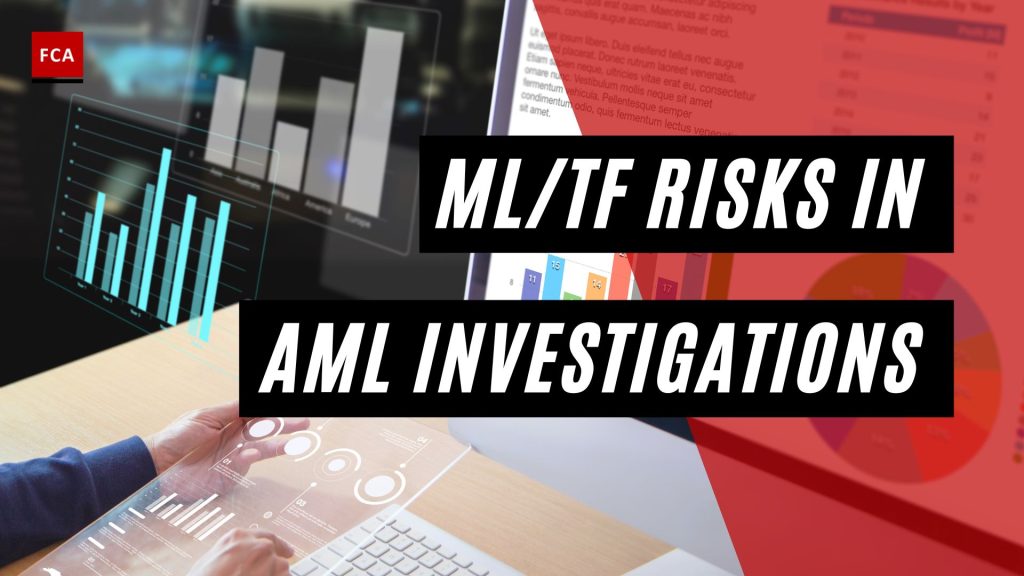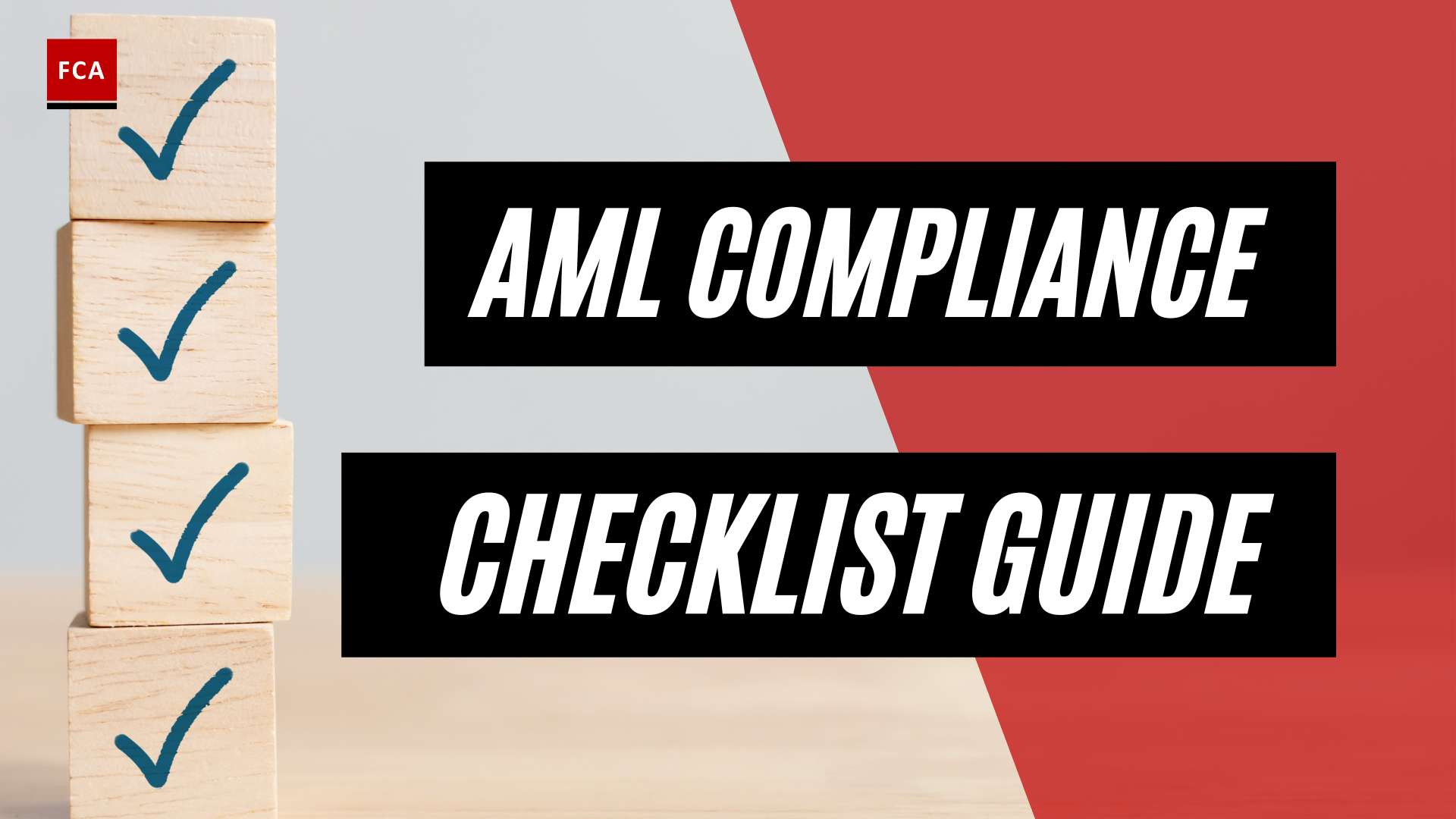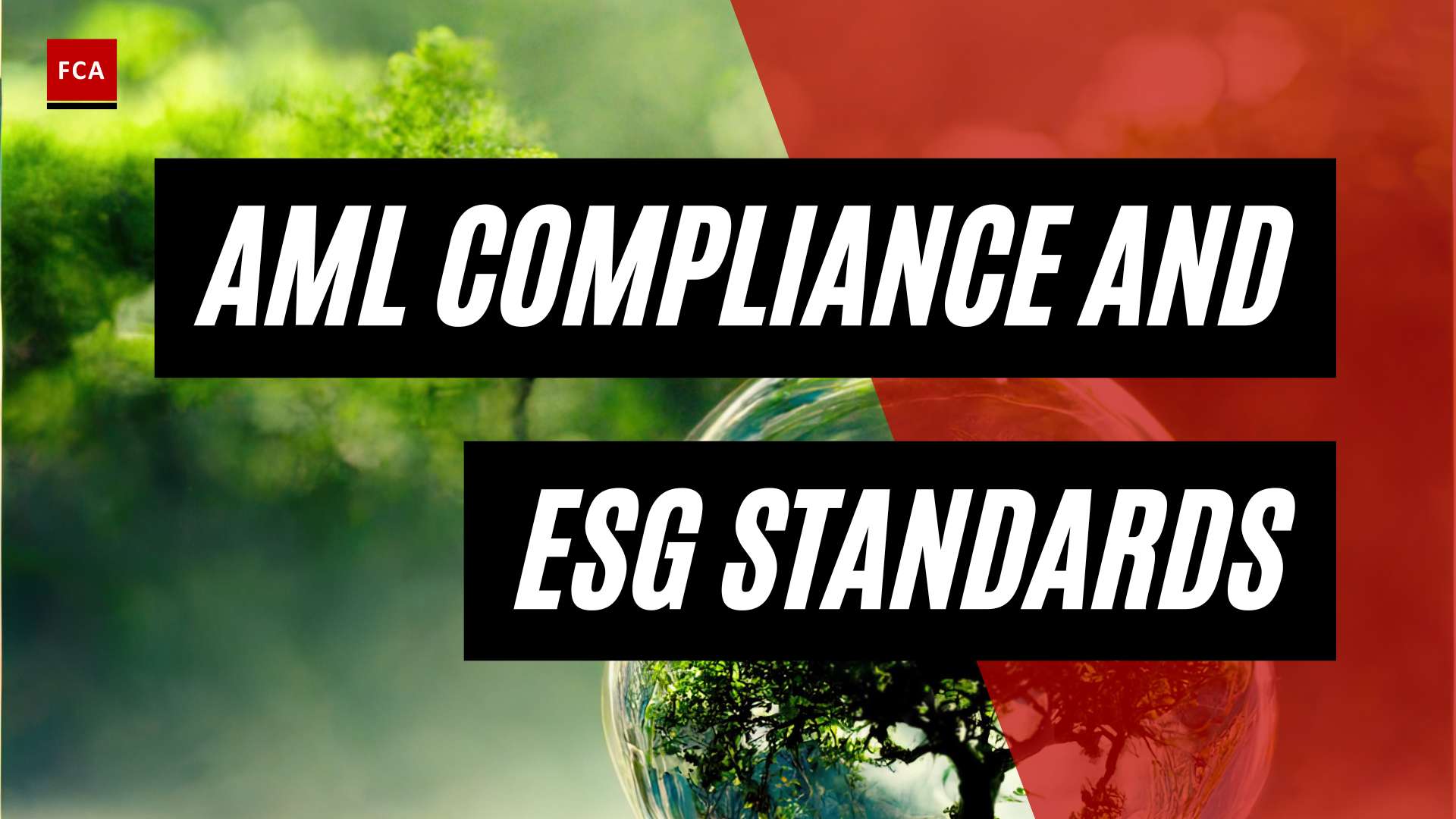ML/TF risks addressed by performing AML investigations can help address various risks associated with money laundering and terrorist financing. ML/TF red flags are the risk indicators that may indicate the existence of any money laundering or terrorist financing instances or incidents. Red flags typically stem from one or more factual characteristics, behaviours, patterns, or other contextual factors that identify irregularities related to financial transactions or attempted transactions. These represent inconsistencies with what is expected of the client based on what the institution knows about them.
The red flags need to be investigated on a timely basis by the AML officer of the Casino, to ensure that any potential ML/TF risks are identified and mitigated through the application of controls.
The investigation shall include contacting the relevant client or customer and asking about the change in the pattern of transactions and activities. The investigation process requires obtaining information as evidence of the transactions and activities that triggered the red flags. All the investigations should be documented and results compiled for management review and feedback. In case the customer or client is unable to justify the transactions and activities, then the management should consider filing the suspicious transaction report to the FINTRAC, in the case of Canada and other relevant regulatory bodies depending on the jurisdiction.

ML/TF Risks Addressed by performing AML Investigations
ML/TF risks addressed through investigation may include:
- Complex structured financing transactions or collateral arrangements with private customers
- Politically exposed persons (PEPs) or customers conducting transactions involving PEPs
- Bank products and services that by their nature are susceptible to inappropriate use (e.g back-to-back loans, large cash deposits, commercial real-estate activities)
- Customers with transactions to/from countries that are subject to sanctions (including trade sanctions), free trade zones, offshore centers, tax havens, and countries that appear on the FATF watch list
- Customers with frequent, non-routine, complex treasury and private banking products and services
- Non-routine, cross-border payments by non-customers
- Correspondent bank accounts with banks in jurisdictions with weak laws to combat money laundering and terrorist financing
- The business relationship is conducted in unusual circumstances
- Customers that are resident in geographical areas of higher risk
- Legal persons or arrangements that are personal asset-holding vehicles
- Companies that have nominee shareholders or shares in bearer form
- Cash-intensive businesses
- The ownership structure of the company appears unusual or excessively complex given the nature of the company’s business
- Customer is a third-country national who applies for residence rights or citizenship in the Member State in exchange for capital transfers, purchase of property or government bonds, or investment in corporate entities in that Member State

- Transactions related to oil, arms, precious metals, tobacco products, cultural artifacts, and other items of archaeological, historical, cultural, and religious importance, or of rare scientific value, as well as ivory and protected species
- Non-face-to-face business relationships or transactions
- New products and new business practices, including new delivery mechanisms, and the use of new or developing technologies for both new and pre-existing products
- Countries subject to sanctions, embargoes, or similar measures issued by, for example, the Union or the United Nations
- Countries providing funding or support for terrorist activities, or that have designated terrorist organizations operating within their country
- Countries identified by credible sources as having significant levels of corruption or other criminal activity
Final Thoughts
In the multifaceted landscape of ML/TF risks, comprehensive Anti-Money Laundering (AML) investigations are a pivotal mechanism to mitigate potential threats associated with money laundering and terrorist financing. By scrutinizing the red flags – markers suggestive of atypical transactions or behaviors – AML officers can illuminate inconsistencies in clients’ activities that deviate from known norms. This investigative process often necessitates direct interaction with clients, collection of evidentiary materials, and meticulous documentation for managerial scrutiny.
The scale of potential risks is wide-ranging, encompassing complex financing structures, transactions involving politically exposed persons (PEPs), customer relations with sanctioned or high-risk countries, irregular cross-border payments, and more. The onus is on businesses, particularly cash-intensive entities or those employing novel technologies, to ensure these potential vulnerabilities are promptly identified and addressed.
Unexplained irregularities could lead to reports filed with appropriate regulatory bodies, such as Canada’s FINTRAC. Consequently, the successful execution of AML investigations plays a critical role in maintaining a transparent, lawful, and robust financial environment that is resilient to criminal exploitation.








